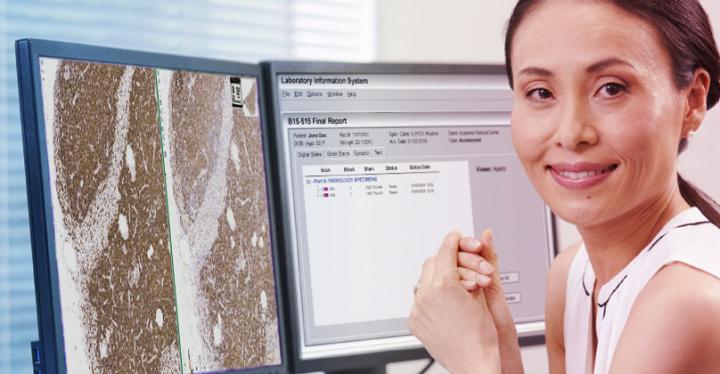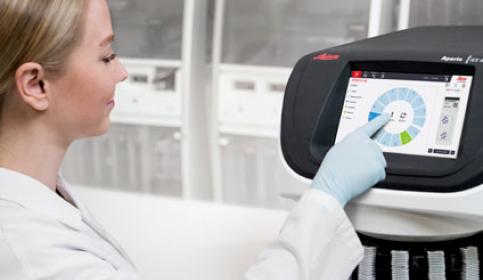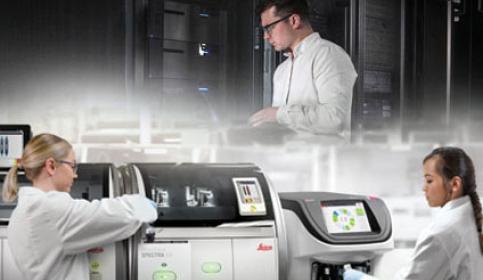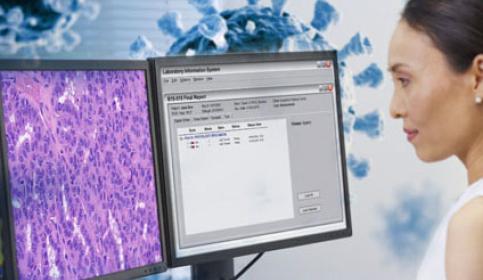Confidence Starts with Image Quality
Outstanding image quality is essential to achieving optimal results, whether you are physically looking at a slide or viewing an image on screen. Leica has a 150-year heritage bringing imaging innovation to market, as evidenced by our patents and our products.









